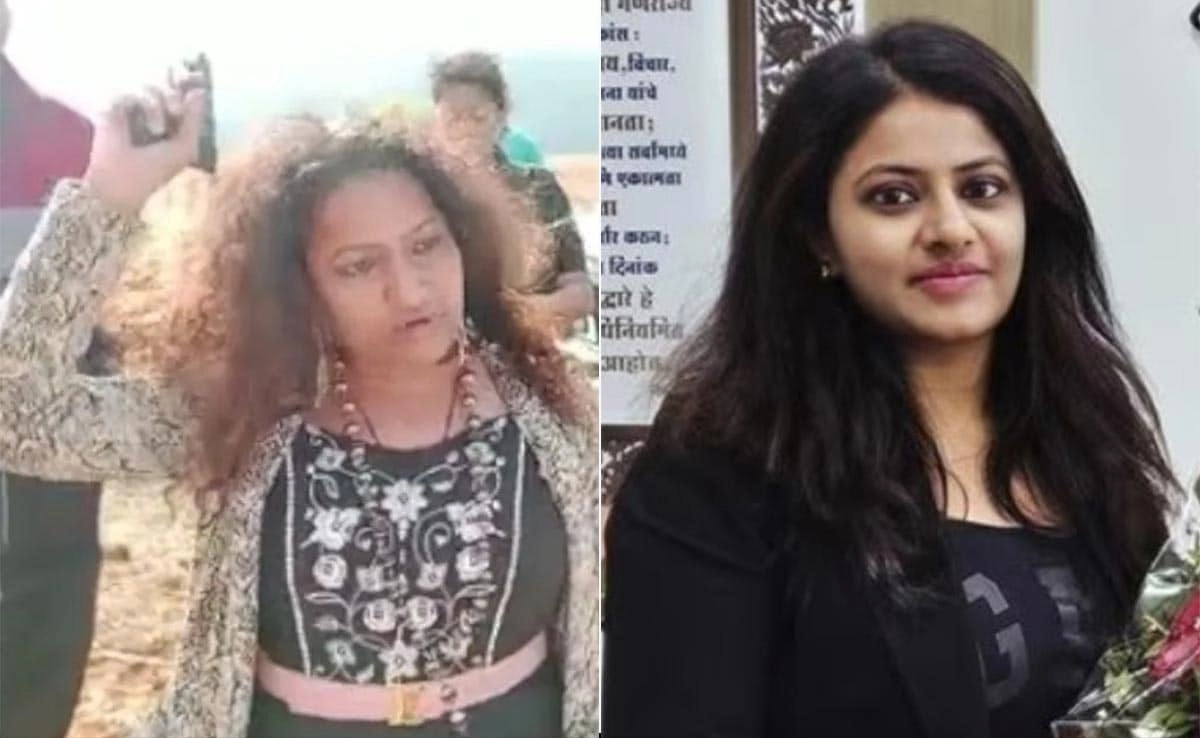The ongoing conflict in Gaza has garnered significant international attention, highlighting the complex dynamics at play in the region. One of the key elements of this conflict is the historical context that frames the Israeli-Palestinian relationship. Rooted in decades of territorial disputes, wars, and failed peace negotiations, the conflict’s origins are deeply intertwined with nationalism, historical grievances, and competing narratives. Understanding this historical backdrop is crucial for comprehending the current hostilities and the motivations of both sides involved.
Another critical aspect of the war in Gaza is the military strategies employed by both Israel and Hamas. Israel, equipped with advanced technology and intelligence capabilities, has conducted airstrikes targeting Hamas infrastructure, aiming to degrade its military capabilities. Conversely, Hamas has utilized asymmetric warfare tactics, including rocket attacks and tunnel networks, to counter Israel’s military superiority. This dynamic creates a cyclical pattern of violence, where each side responds to the actions of the other, leading to escalations that often result in significant civilian casualties and humanitarian crises.
The humanitarian impact of the conflict is also a vital element to consider. The densely populated Gaza Strip faces severe challenges, including limited access to essential services such as clean water, medical care, and electricity. The blockade imposed by Israel, coupled with the ongoing violence, exacerbates the humanitarian situation, leading to widespread suffering among the civilian population. International organizations and human rights groups frequently raise concerns about the impact of military operations on civilians, calling for greater accountability and a renewed focus on humanitarian aid and protection.
Diplomatic efforts to resolve the conflict represent another key element of the situation. Various international actors, including the United Nations and regional powers, have sought to mediate and promote peace talks. However, these efforts often face significant obstacles, including distrust between the parties, differing political agendas, and the influence of external actors. The lack of a viable political solution perpetuates the cycle of violence, fueling frustrations on both sides and undermining hopes for a lasting resolution.
Finally, the role of public opinion and media coverage cannot be overlooked in this conflict. The narratives presented in the media shape perceptions of the war, influencing public opinion and political discourse in various countries. Social media platforms have also played a significant role in mobilizing support and raising awareness about the humanitarian crisis in Gaza. As the conflict continues, the interplay between the media, public sentiment, and political action will be crucial in shaping the future of both Israeli and Palestinian societies and their prospects for peace.




